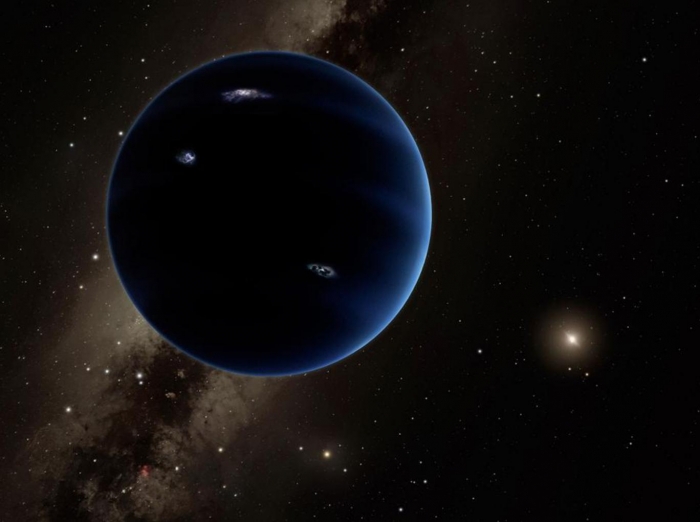Scientists may have found a new planet

Now, more evidence appears to be reinforcing the idea that there may be a ninth planet hiding at the edge of our system.
Researchers from the Complutense University of Madrid have released research looking into the orbits of objects beyond the planet Neptune.
The reason astronomers have to resort to analysing the orbits of the objects in this way, is because the region of space is simply so far away and cannot be observed conventionally.
Observing how objects interact with each other, their trajectories and whether they cluster together in certain locations, is where the main evidence for Planet 9's existence comes in.
In addition to the initial research of the Kuiper Belt, astronomers noticed that the objects beyond Neptune were being clustered and patterned in such a way that denoted a large body.
The Spanish researchers looked for specific points in the orbits of the objects, specifically their nodes - this is the point orbits cross certain places. If there is nothing influencing them, the asteroids and other objects follow a predictable pattern. However, if there are one or more 'perturbers', it's a different story.
Carlos de la Fuente Marcos, one of the authors, told SINC:
If there is nothing to perturb them, the nodes of these extreme trans-Neptunian objects should be uniformly distributed, as there is nothing for them to avoid, but if there are one or more perturbers, two situations may arise.
One possibility is that the ETNOs are stable, and in this case they would tend to have their nodes away from the path of possible perturbers. But if they are unstable they would behave as the comets that interact with Jupiter do, that is tending to have one of the nodes close to the orbit of the hypothetical perturber.
Put simply, if multiple objects behave in a recorded way that don't follow the norm, they are being influenced by something.
This supports the theory that there is a massive body, exerting a force and disturbing said objects, at the far reaches of the solar system.















































